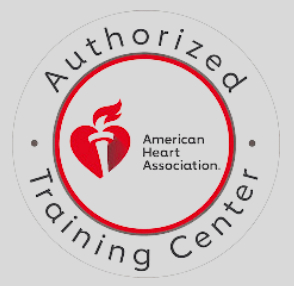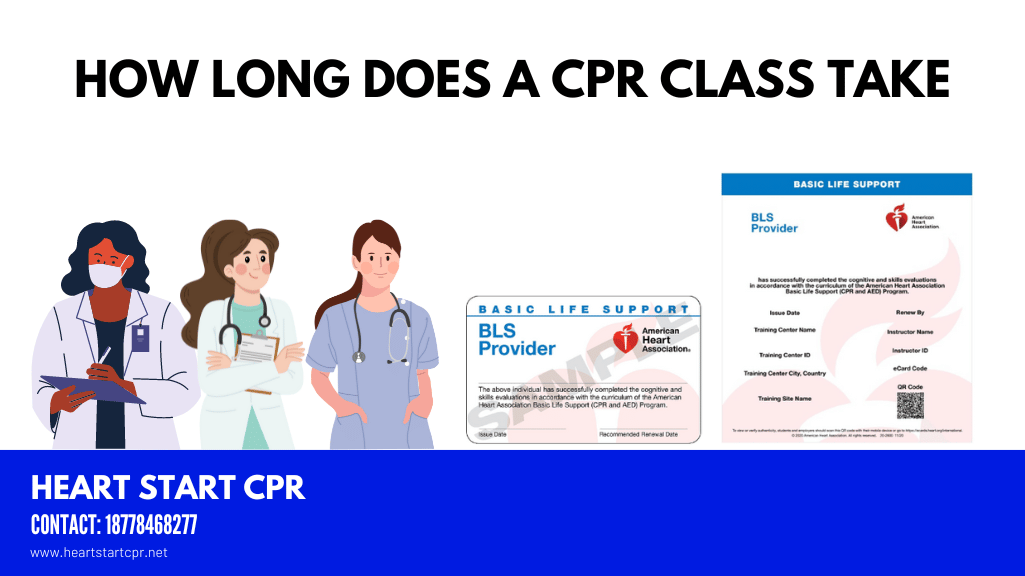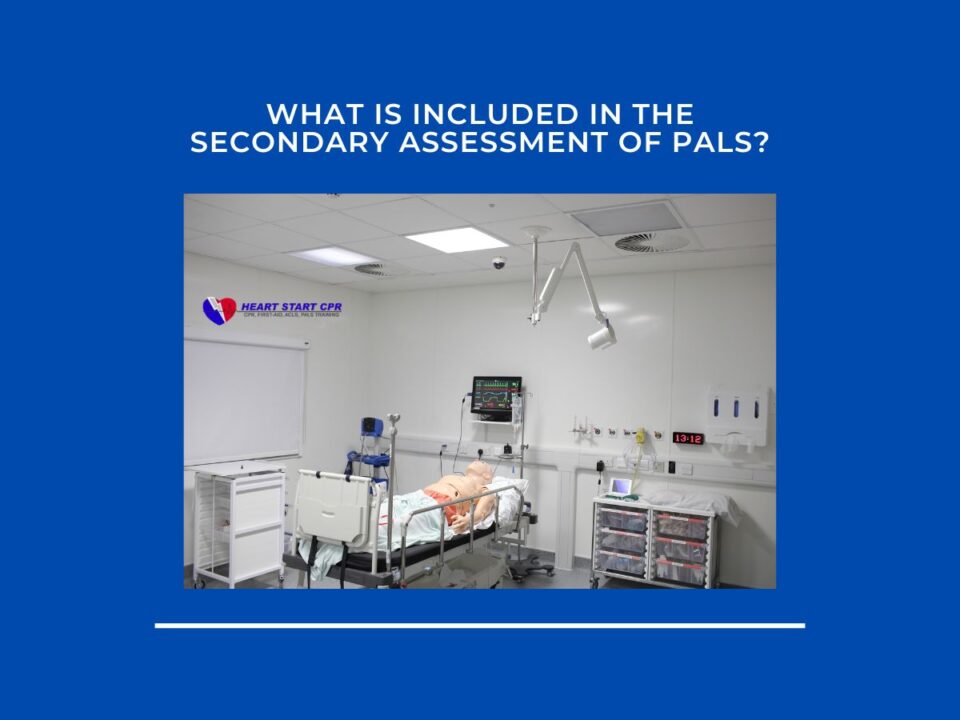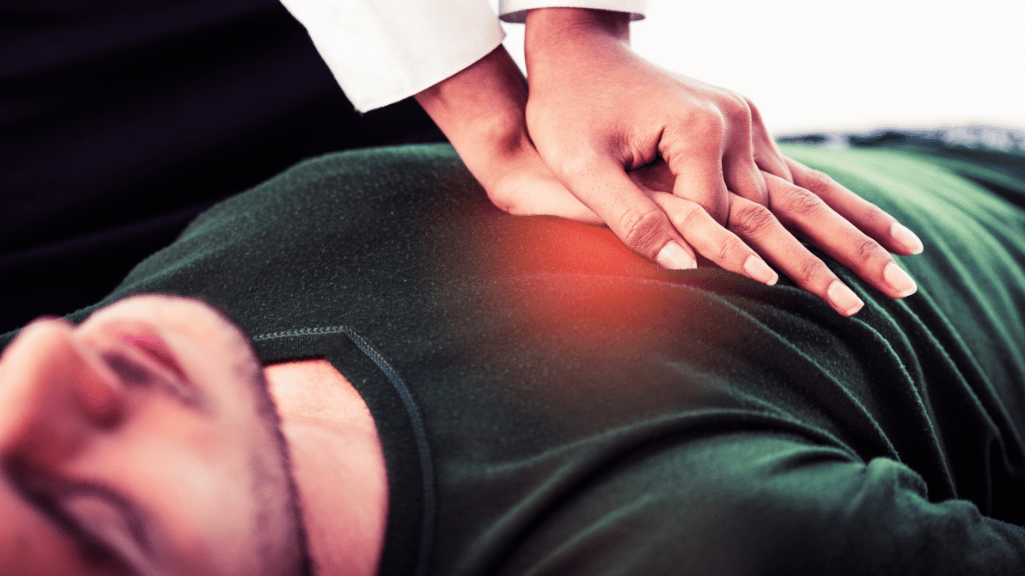
5 Situations When You Do Not Perform CPR
August 2, 2023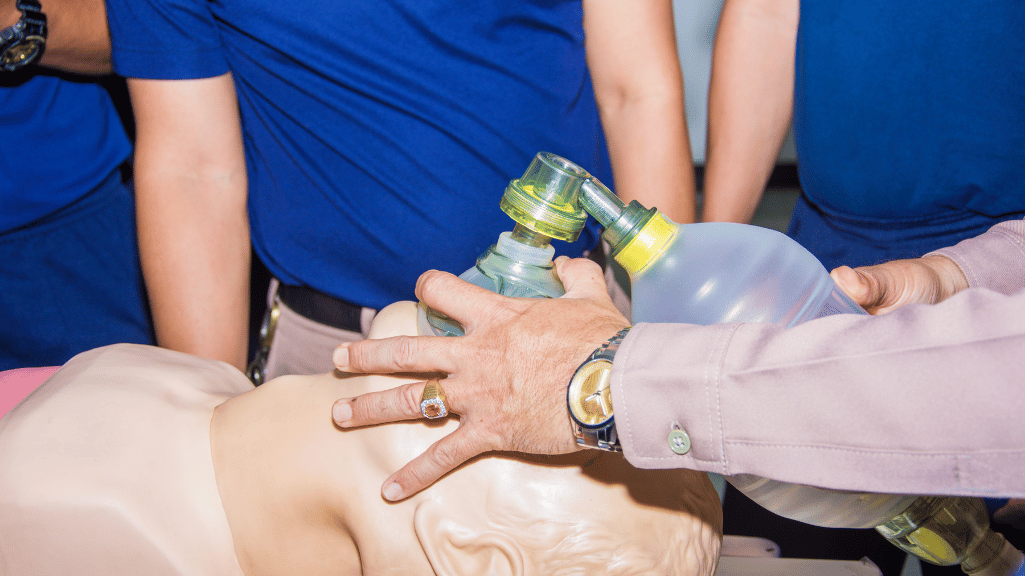
How Are Breaths Delivered Using A Bag-Mask Device?
August 14, 2023Imagine having the ability to assist someone in their time of greatest need. That is the essence of CPR, like supernatural actions that can save lives in critical situations.
Do you have at least some idea what CPR is? Everybody can learn it, so it’s not only for experts like specialists and grown-ups. Everybody should know about CPR, from guardians watching their kids to the neighborhood and even individuals who like to assist. You might think it takes a lot of time to learn, but how long does a CPR class take? You might be surprised by the answer. Curious to find out more?
Who Needs CPR Training?
CPR(Cardiopulmonary Resuscitation) is an emergency technique for individuals whose breathing or heart has stopped. The importance of learning CPR lies in the abilities and information it gives individuals on how to perform life-saving CPR in an emergency. Any individual who could help somebody who is having a cardiac emergencies should complete CPR course, including:
- Healthcare Professionals: People in the medical field, including doctors, attendants, EMTs, and paramedics. Because these individuals are already trained in CPR, it is also crucial to keep them skilled.
- Fitness Instructors: Individuals who participate in sports or exercises that convey a gamble of injury are called health specialists. What occurs if somebody is harmed, blacks out, and you can’t do mouth-to-mouth? To help them until clinical help shows up, learning the essentials of CPR is pivotal.
- Teachers and Childcare providers: Individuals working with youngsters or guardians of kids are educators and childcare suppliers. For example, CPR training is required for teachers and other caretakers.
- Lifeguards: The action of unexpected heart failure from water-related episodes requires CPR preparation for lifeguards at pools, beaches, and other water-related areas.
- Volunteers and Community Groups: CPR training can help dynamic people in volunteer gatherings. Because of the high-risk environments, volunteers are often asked to complete up-to-date CPR certifications by coordinates. Neighborhood affiliations, sports groups, and not-for-profit associations set them up for crises that might emerge while participating in their work.
- Manager: Unexpected cardiac arrests occurred among certain employees of tiny businesses, and nobody knew how to conduct CPR on the victim. So what comes next? Before medical help arrived, the patient could not make it. Therefore, it is always preferable for managers at small businesses, restaurants, and other establishments to learn CPR.
Why is Learning CPR Important?
Learning the fundamentals of life is essential in the modern world, where chronic health conditions affect almost everyone in their homes. You can save lives, especially those of those you care about. 74% of cardiac arrests occur at home, says the American Heart Association. Therefore, learning CPR and saving a life is preferable before any medical personnel arrive at your home. Here are a few reasons why learning CPR is essential:
- Protect from brain death: Heartbeats to the mind and other imperative organs stop during cardiac arrest. CPR can help maintain the body’s blood and oxygen supply to indispensable organs, including the cerebrum. This could draw out their life until help shows up from emergency services.
- Saving lives: When an individual encounters cardiac arrest, CPR can keep up with blood flow and oxygenation to the crucial organs, especially the mind. You can keep an individual’s life until clinical help occurs and can be given by doing CPR accurately.
- Confidence and Empowerment: You know you can save a life in an emergency if you know the basics of CPR. This boosts your self-assurance and encourages you to take the initiative.
- Workplace requirements: CPR certification is necessary for some occupations, remembering those in the clinical field, training, and providing care. You can work on your capability and satisfy these work necessities by taking CPR preparation.
- Reduced Fear: While you wait for a medical emergency, you can conduct CPR on yourself if you have some knowledge of it, which will lessen your worry and hesitancy.
Therefore, learning CPR is extremely important because it enables individuals to act rapidly in an emergency, saving lives and benefiting the surrounding areas.
What to Expect From A CPR Class?
When you enroll in a CPR course, you can cover the core life-saving techniques and learn the knowledge necessary to handle cardiovascular crises. The course will commonly cover subjects like distinguishing heart failure, overseeing fundamental emergency treatment, utilizing a computerized outer defibrillator (AED), and doing CPR.
You will learn how to do CPR on babies, children, and grown-ups and how to respond to stifling emergencies. You will be shown the latest CPR systems. Both a composed test and a trial of your functional abilities will be given to you. You ought to feel optimistic about your capacity to control CPR and provide help with a heart crisis toward the course’s end. The following are some of the crucial elements seen in Heart Start CPR’s Certification courses:
- CPR Technique
- Chest Compressions
- Automated External Defibrillator(AED) Usage
- Injury assessments
- Legal and Ethical Considerations
How long does CPR Training Take to Complete??
Based on our course structure, CPR classes can take one hour to a few days to complete. Online CPR classes take 60 to 90 minutes, but CPR training in a classroom often lasts 2.5 to 3 hours. It can take less time if fewer people and people participate in the card renewal session..
It’s important to note that a certificate for online CPR courses often involves an active abilities assessment. We provide a range of training, including in-person and online courses in adult, baby, and child CPR.
Completing an online BLS training class can take 4-5 hours, depending on your chosen course. Both in-person and online guidance are essential for this. Also, remember that the BLS certificate is valid for 2 years. The recertification test should be passed within 30 days from the date of expiry.
Because the time you would have spent traveling could be used elsewhere, you can enroll in an online course. If you have trouble managing your schedule, use the time you have set aside to learn the basics of CPR online.
Additionally, if you’re busy and unable to control your time, you can concentrate on your task and allocate little time to resources provided by the instructor later.
How Old Do You Have To Be CPR Certified?
You might not be aware of this, yet everyone can learn about the basics of life. The Red Cross or the AHA sets no set age condition for learning CPR. Age is irrelevant while learning the fundamentals of CPR since you may be confident in yourself and save lives.
But a CPR certificate course ordinarily expects understudies to be no less than 16. A few associations give specific guidance to more youthful age gatherings. Kids, as young, can learn and recollect CPR methods.
Where Can I Get CPR Certification?
No doubt, you can get CPR Certification in various places. The medical services offices, public venues, and local groups of firefighters are not the only places where you get your CPR Certification. There are additionally dependable sites that give CPR Certification.
Heart Start CPR, an established American Heart Association Training Company, provides both in person and online CPR certification courses in the San Francisco Bay Area. They also offer BLS, ACLS, and PALS online courses. The following is a list of the services offered on the Heart Start CPR website:
- CPR certification courses
- Online CPR classes are also available from Heart Start CPR for BLS, ACLS, and PALS.
- On-site instruction
- Fire training
We offer you where you can receive comprehensive CPR training, a certificate, and the confidence to save another life proudly. This way, you’ll always be ready and unfrightened.
You can glance through our site’s course. Remember that your certificate can be recertified as well.
Conclusion
Regardless of whether you’ve never done CPR or first aid course, you can learn everything without much of a stretch. Learning CPR is extremely important because it enables individuals to act rapidly in an emergency, saving lives and benefiting the surrounding areas. If you want to learn more, enroll in our American Heart Association certification course and take CPR training classes, featuring the latest techniques. You can contact us today by calling +1 (877) 846-827. Don’t wait—take the first step towards becoming a lifesaver now!
FAQs
Is BLS & AHA the same thing?
The American Heart Association (AHA) and Basic Life Support (BLS) differ. BLS refers to a mixture of strategies and capacities to offer prompt help to individuals carrying on with cardiac arrest or other dangerous situations. Then again, the AHA is a gathering that gives suggestions and benchmarks for CPR and other cardiovascular diseases like heart attack or cardiac arrest.
Is BLS the same as CPR?
Even though related, BLS and CPR are not the same. CPR is a unique strategy to physically keep an individual’s breathing and blood course in a crisis. However, BLS is a more far-reaching term that includes CPR and different capacities, like utilizing an AED and performing basic medical aid.
How long do most CPR classes take?
Most CPR classes last for 2.5-3 hours. It depends upon the length of a CPR course you are taking. A First-aid/CPR class takes 4-5 hours. However, both more limited and more extended periods are also offered. Online CPR courses require just 2 hours to finish, while CPR for Healthcare Providers and Professional Rescuers courses can endure as long as 5 hours.
When can I take my CPR certification course?
However long you find a supplier that gives the preparation, you can sign up for a CPR certificate course at whatever point you need. Local groups of firefighters, public venues, medical clinics, or medical services also offer CPR certification courses. Additionally, you can enroll in our American Heart Association certification course to learn more about CPR and take CPR training classes.
How long does it take to get CPR certified online?
Getting CPR certified online typically takes 60 to 90 minutes, depending upon individual pace.
Do Online CPR Courses Take as Long as In-Person Training?
Online CPR courses typically take less time compared to in-person training. They range from 60 to 90 minutes for completion. Though it’s short compared to 2-3 hours of in-person training, online CPR classes offer flexibility and convenience without sacrificing the quality of instruction.


